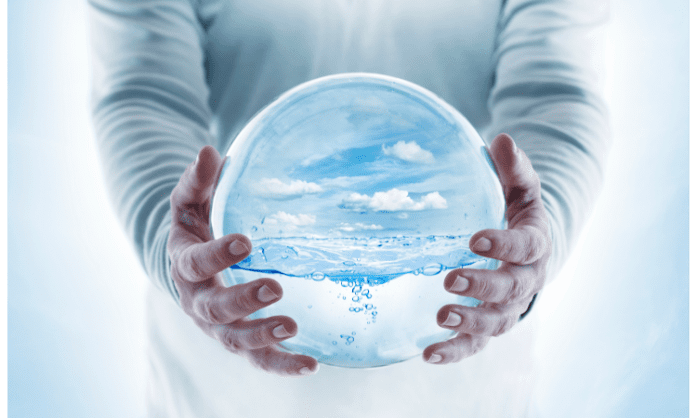
Save water at home
Water is one of the most important resources on Earth. It’s vital for sustaining all life, from the plants we eat to the animals that feed us. Water is also important for maintaining ecosystems and regulating climate: it helps drive weather patterns and rainfall, cleanses pollution from soil, and absorbs carbon dioxide from the atmosphere (which contributes to global warming). Yet we often take water for granted or even misuse it — both in our homes and as individuals. I am sure that after reading this article you’re making smart decisions about how does water conservation help the environment.
Check your toilet for leaks.
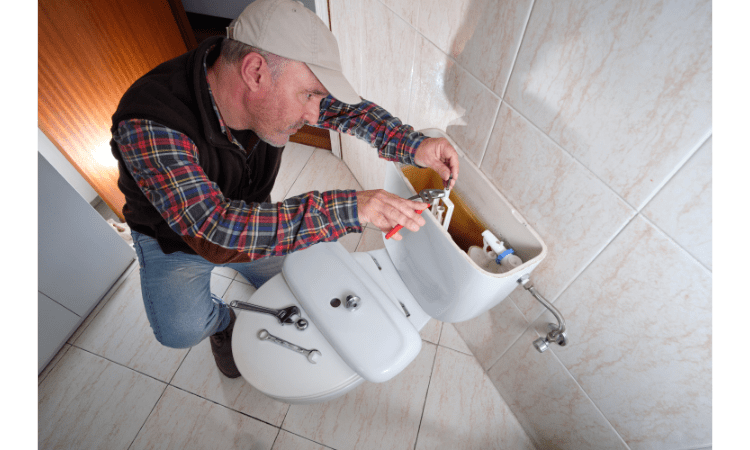
One of the best things you can do to save water is to check for leaks in your toilet. You can do this by adding some food coloring to the tank, which will cause the colored water to appear when a leak occurs, and it only takes a few seconds. In most cases, if you have a leak, there will be an obvious color change in the bowl within 30 minutes. If you discover that there has been an increase in your monthly water bill or notice moldy odors in any part of your home, then it may indicate that there’s a problem with your plumbing system – especially if these problems seem related to one particular area (such as near sinks). To fix this issue, call up a professional plumber who will be able to identify where exactly these leaks are coming from so they can repair them quickly.
Install a Low-Flow Shower Head
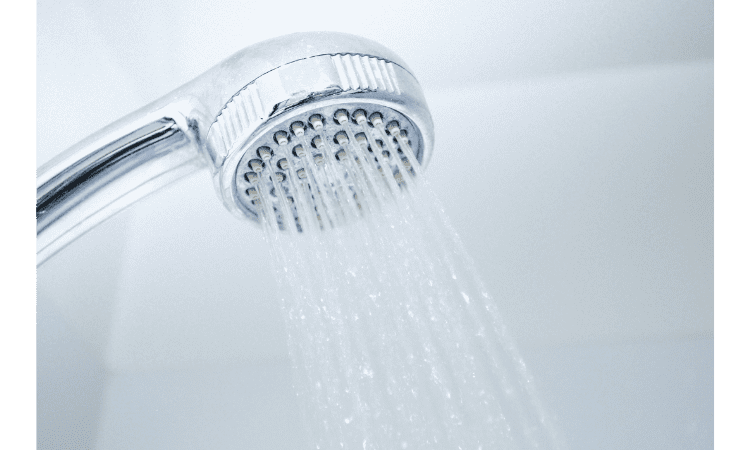
Installing a low-flow shower head is an easy way to save water, and it’s something you can do without having to call a plumber or specialist.
Nowadays, there are many low-flow options out there, but not all are created equal—some have bad designs that don’t work well in your bathroom. When buying one, make sure the outlet is compatible with your current plumbing (this means if you have standard pipes then you need to buy a standard pipe shower head). Also check that the hose doesn’t leak through any cracks or joints where they come together.
Once installed, set aside some time to get used to taking shorter showers! You might be surprised at how much water you’re saving by doing this single simple thing.
Turn off the water while brushing your teeth

Turning off the water while brushing your teeth can save you up to 1.3 gallons of water per minute. For instance, if you brush your teeth for a total of two minutes each day, turning off the water while you do so will save 0.26 gallons of water per day.
Turn off the water while shaving

One of the most common ways people waste water is when they shave. They leave the tap running while they shave, which not only wastes a lot of water but also increases your electric bill. Here are some simple changes you can make to save on both water and electricity:
- Turn off the tap while shaving
- Use a basin to rinse off any remaining soap or hair
- Do not leave the tap running after rinsing
Check faucets and pipes for leaks

Once you’ve determined whether or not your home is using more water than normal, it’s time to check for leaks. Leaks are a major cause of wasted water, and can be easy to fix if you know where to look.
Check around all faucets and pipes for leaks. Check the following areas:
- Around all faucets – turn on the water at each faucet and check the sink, tub and toilet bowl. If there is any water that came out of these sources while they were turned off, then there could be a leak somewhere near them.
- Around all pipes – turn on every hot-water tap in your house (e.g., bathroom taps) and look for any drips coming from anywhere in your house; if there are any drips coming from anywhere besides where they’re supposed to come from (e.g., kitchen sink), then there could be a leak below that point in one of your plumbing systems (if this happens often enough). Don’t forget about things like dishwashers and washing machines! They might have their own plumbing system too!
- Around all toilets – sit down on each toilet in your home one at time and gauge how much does it take before it starts flushing? If it takes longer than usual, this may mean that there’s some problem with either its seal or internal workings which would cause too much water being flushed away instead of helping someone get clean after using some nasty public restroom facilities during lunch break today so now we don’t have time left over between work hours anymore because everything needs doing right away even though nothing has changed except maybe getting older faster than expected.”
Use your automatic dishwasher for full loads only

You might be surprised to know that many people run their dishwashers when only a few dishes are dirty. This wastes both water and electricity, which means you’re wasting money as well. To reduce your utility bills and cut down on the amount of time you spend washing dishes by hand, use your automatic dishwasher for full loads only.
If your dishwasher doesn’t fill up completely with dishes during a cycle (which is likely), add some extra rinsed plates or glasses so that the machine is full when it runs through its normal cycle. You should also avoid running an empty dishwasher unless absolutely necessary; this will save both water usage and energy costs since there’s no need to heat up cold water or power up an empty machine.
Use your automatic washing machine only for full loads only

If you wash your clothes in an automatic washing machine, use it only for full loads of laundry. If you only wash a couple items, don’t use your automatic washing machine. Instead, use the hand-wash cycle or soak them in water to remove stains and dirt. This will save energy and water consumption because the unit won’t have to run as long or at all if there’s less clothing in the load.
If you do choose to use your automatic washer for smaller loads, run it on cold instead of hot. The cold water setting uses less electricity than hot water cycles do so this will also save energy cost while still getting great cleaning results.
Don’t let the faucet run while you clean vegetables
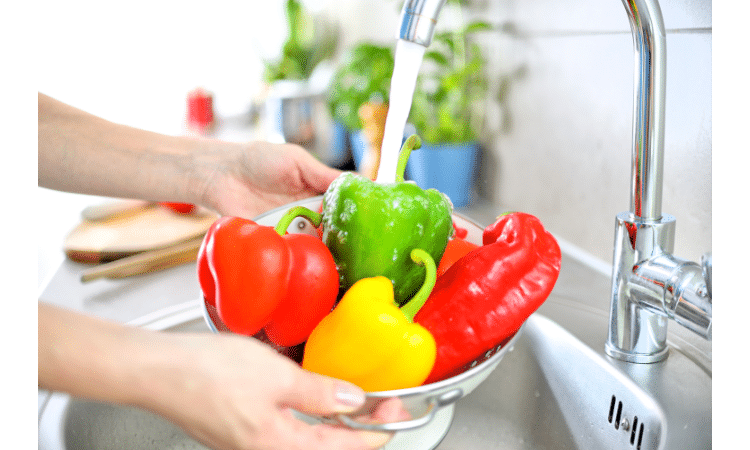
There are a number of ways to save water at home, but one of the easiest and most effective is to simply turn off the faucet while you’re not using it. If you’re rinsing vegetables or washing them, turn off the water and let them soak until they’re ready for their next use. Even if you think you’ll only be a few seconds away from turning on the tap again, try to train yourself not to touch it until after your task is complete. It’ll be much easier than trying to remember whether or not there was still water running when you turned back around again! You’d be surprised how often we forget about this simple step in our daily routines; make sure that you don’t fall into this trap.
If you wash dishes by hand, don’t leave the water running for rinsing

If you wash dishes by hand, don’t leave the water running for rinsing. Instead of letting it run, turn the faucet on to rinse the dishes and use a spray nozzle or cup or bowl to gently rinse plates and other flat items. To dry them, use a towel instead of letting them air dry in the sink.
This tip is especially important if you live in an area where there are drought restrictions or water conservation measures in place. By reducing your household’s indoor water usage by just five percent, you can save up to 10 percent on your monthly utility bill.
Water your lawn only when it needs it
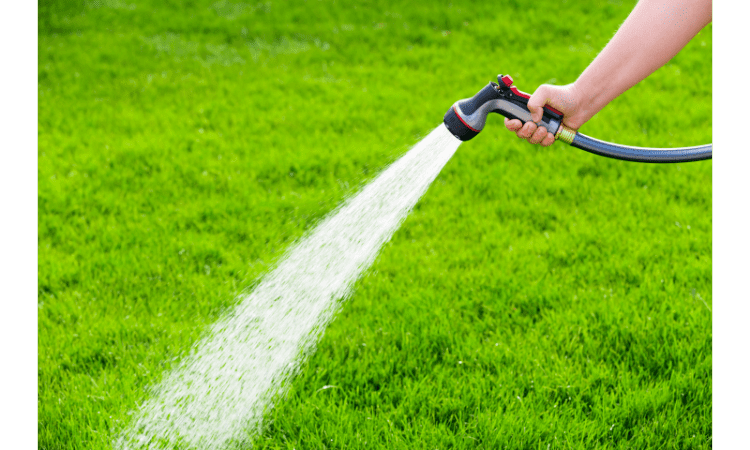
Watering your lawn when it is not necessary can be a waste of water and money. You should only water your lawn when it needs to be watered, which is when the soil is dry about two inches below the surface. If you keep track of how long it has been since you last watered, you can determine if it needs water or not.
Certain times of year are better than others for watering your lawn:
- During winter months – Watering during this time will help keep down ice buildup on top of the ground that could damage roots if left unchecked.
- After heavy rains – If there has been heavy rainfall within 24 hours prior to watering, wait until at least 48 hours after before watering again because excess moisture may cause fungal diseases in some plants (such as brown patch).
Don’t run the hose while washing your car.

When you wash your car, use the bucket and a sponge instead of the hose. You’ll save water and money—and you’ll get a better job done.
When rinsing your car, stop using the running hose entirely! Instead, use a hose with a shutoff valve in order to conserve water as well as energy.
Conclusion
Household Water conservation is a growing trend. We have seen many people trying to save water using several water conservation methods by using rainwater harvesting, grey water recycling and even composting toilets.
Put your knowledge into practice: make small changes in your everyday life that will help you to know about how to save water in home. Start reducing use of water as much as you can. Students and kids at school should learn about water conservation tips at home from an early stage to implement that in practical life.
Inform your readers about the importance of saving water: ways in which to save water and how can we conserve water on a daily basis. You can also mention some places where people can get more information about tips for conserving water such as municipalities or private companies that provide services like cleaning carpets or construction projects for residential homes.











